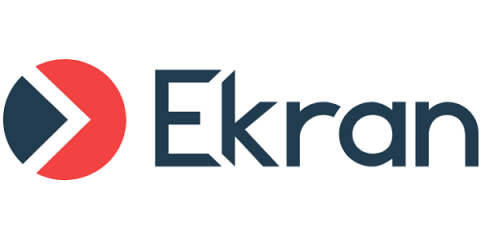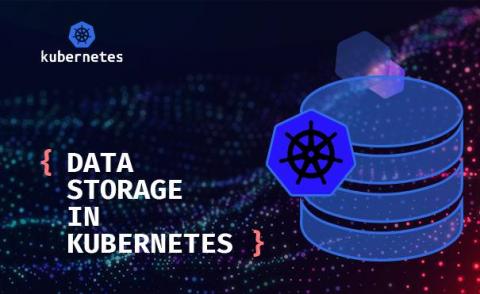Security | Threat Detection | Cyberattacks | DevSecOps | Compliance
Latest News
Data Storage in Kubernetes
Humans can never be as quick or as intelligent as bots when it comes to identifying threats
Originally posted on CyberNews. As more businesses race to shift their operations online, new website owners have to adapt to a new way of doing business and deal with a variety of online threats. While most of us think of disrupted websites or servers going offline when we hear the words “bot attack,” the reality is often different.
Phish.ly is in your corner, scanning suspicious emails with Tines and urlscan.io
Phishing remains a problem for everyone and any tool that helps is valuable. This post was prompted by the ongoing usage of our free Phish.ly service that we see every day, as people discover the tool and derive enormous benefit from it. If you want to evaluate a suspicious email right now, you need read no further. Just forward that email immediately to scan@phish.ly to get a response quickly from the service.
9 Things You Need to Know About Application Management
The statistics support Microsoft CEO Satya Nadella’s claim that “every company is a software company.” The average enterprise was already deploying 464 custom applications back in 2017, and that number has likely been growing for the past five years with apps designed to meet unique business needs and support daily tasks and processes as they increasingly move online.
8 Steps to a Successful Cloud Data Migration
It is rare nowadays to hear of a business strategy that doesn’t entail a cloud strategy. So it comes as no surprise that 85% of organizations are expected to embrace a cloud-first principle by 2025, as estimated by Gartner. But migrating all your organization’s data, applications, and business processes to a new environment can be daunting.
9 Things You Need to Know About Application Management
The statistics support Microsoft CEO Satya Nadella’s claim that “every company is a software company.” The average enterprise was already deploying 464 custom applications back in 2017, and that number has likely been growing for the past five years with apps designed to meet unique business needs and support daily tasks and processes as they increasingly move online.
8 Steps to a Successful Cloud Data Migration
It is rare nowadays to hear of a business strategy that doesn’t entail a cloud strategy. So it comes as no surprise that 85% of organizations are expected to embrace a cloud-first principle by 2025, as estimated by Gartner. But migrating all your organization’s data, applications, and business processes to a new environment can be daunting.
The Changing State of Cybersecurity: 5 Data-Backed Predictions
Cybersecurity is never static, and that’s especially true today. After widespread and frequent disruptions in the past few years, the cyber defense landscape is shifting. Favored attack vectors are changing, new threats are emerging, and organizations are rethinking their cybersecurity focus. Staying safe in the next few years requires an understanding of these developments. With that in mind, here are five data-backed predictions for how the state of cybersecurity will change.
Email Security Trends Coming in 2022
Organizations are under constant threat of cybercrime. While there are many available attack vectors, email is the most obvious path towards a full network compromise. The notion that email security should be prioritized is emphasized during this time where more and more businesses are still working in a remote or hybrid dynamic environment.








